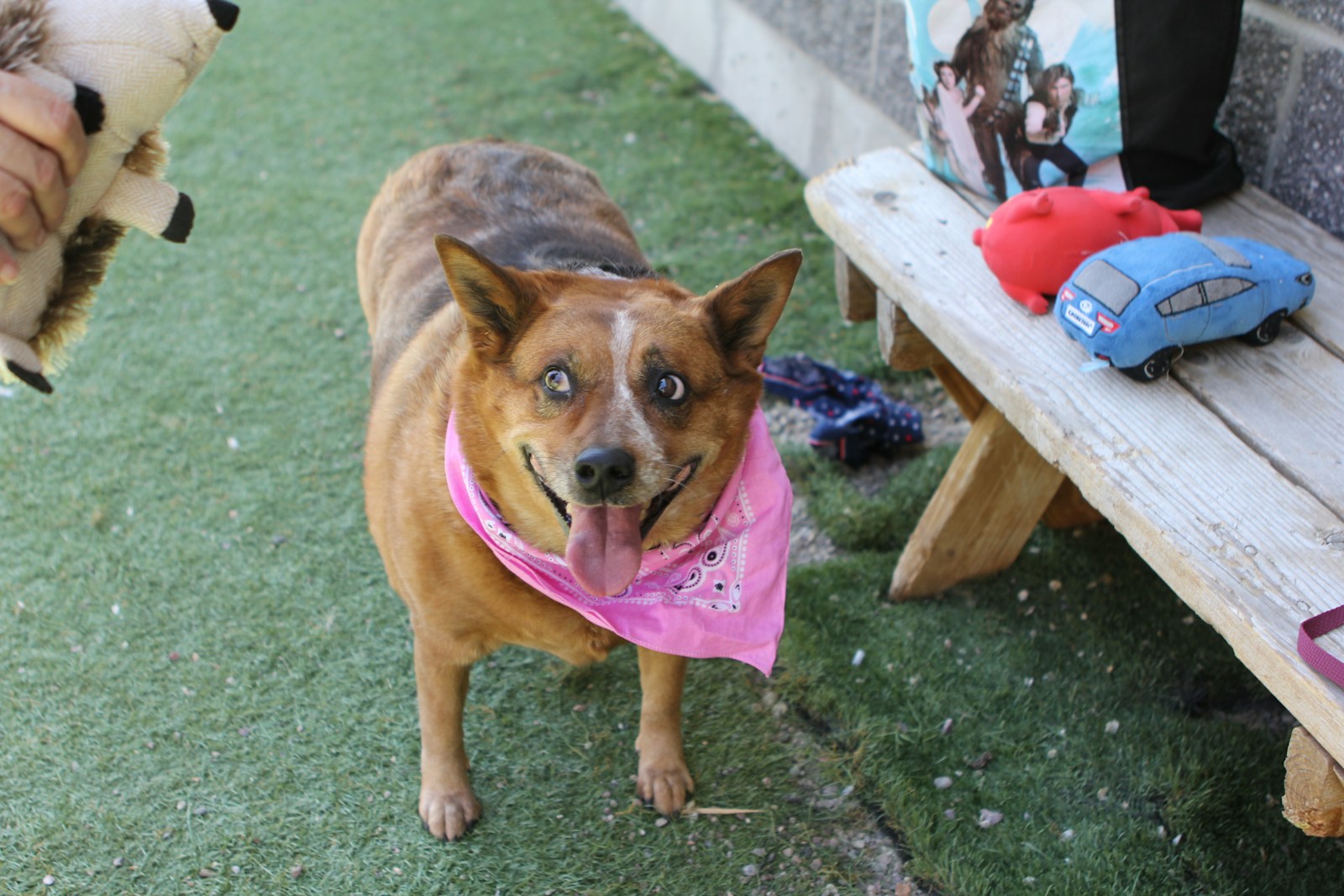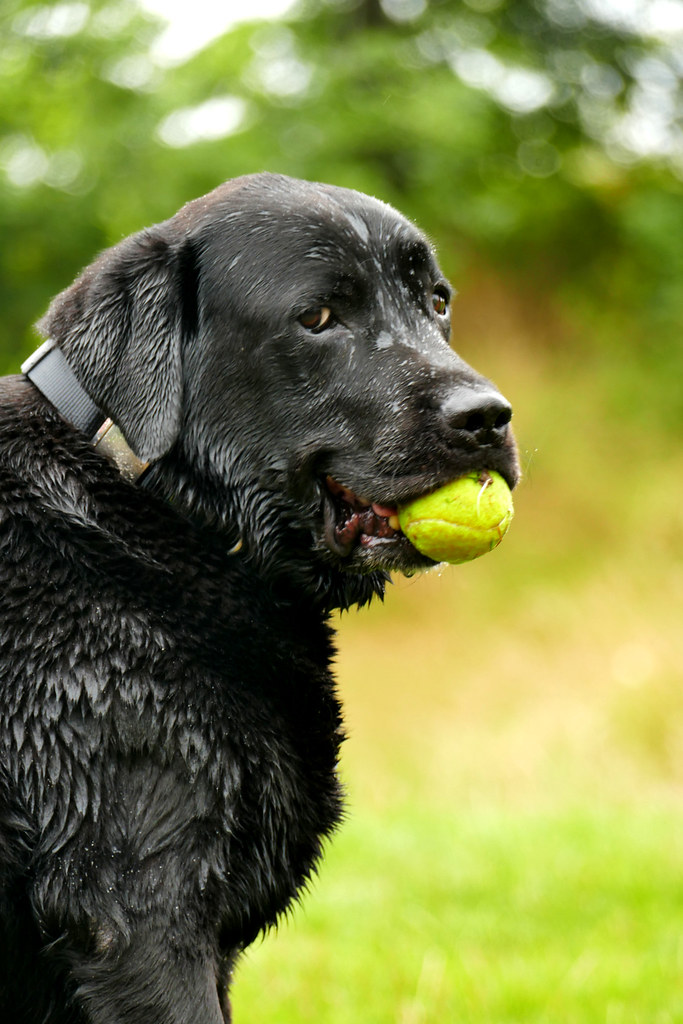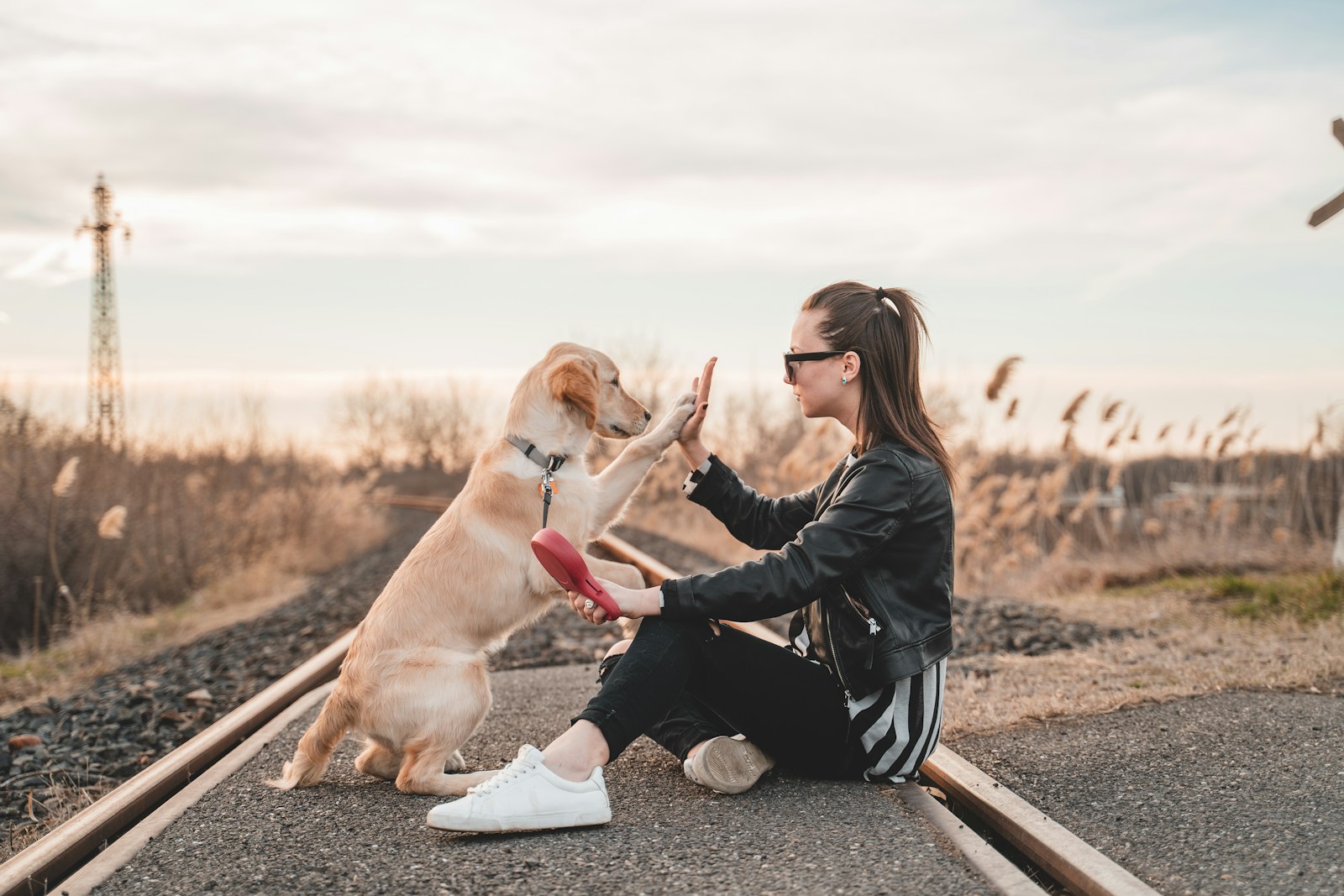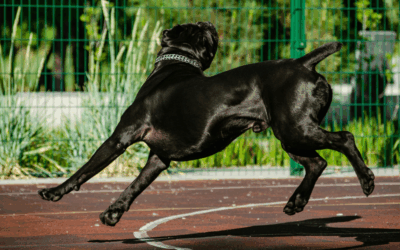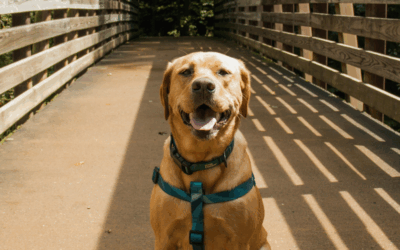Dogs have long been admired for their expressive faces and seemingly human-like behaviors. If you’ve noticed your furry friend giving you the “dog side eye” (also known as the “whale eye”), you’re not alone. This facial expression has been hilariously featured in countless photos and videos online, often making us chuckle. But did you know that your dog’s side eye is more than just a funny look? It’s an important part of canine communication, a way dogs express their emotions and interact with humans, other animals, and their surroundings.
By understanding what this gesture means, you can connect with your dog on a deeper level and address any emotional signals they might be sending. Let’s explore the meaning behind the infamous doggy side eye, how dogs use body language, and what it can tell us about their moods and feelings.
What Exactly Is “Side Eye” in Dogs?
The “side eye” refers to a specific look your dog gives when they turn their head slightly away but keep their eyes on the object or person of interest. This often makes the whites of their eyes (sclera) more visible, creating that iconic, bulging-eyed expression. Known as “whale eye” in canine behavioral studies, this is one of many ways dogs use their eyes and body to communicate.
But this expression isn’t just a random quirk. The side eye often signals a dog’s emotions, and context can help us understand whether those emotions are mild annoyance, fear, anxiety, or even curiosity.
Why Do Dogs Give Side Eye?
Dogs are incredibly perceptive animals and use subtle body language as part of their communication. The side eye is one such tool for conveying feelings or reacting to particular situations. Here are some common reasons your dog might give you the side eye:
1. Mild Annoyance or Discomfort
If you find your dog giving you the side eye while you’re in the middle of something, such as trimming their nails or moving their favorite toy, it could be a mild warning. This facial expression is often accompanied by other signs like flattened ears, a slightly tucked tail, or stiffened posture.
Your dog might be saying, “I’m not enjoying this—please stop.” While this look is usually harmless, it’s their way of expressing mild annoyance.
2. Stress or Anxiety
The side eye can also indicate stress or nervousness. For example, if your dog notices a new person in the house or senses heightened emotion in their surroundings, they might exhibit side eye as a way of showing they’re feeling wary or uncertain. It’s often accompanied by other signs of anxiety, such as lip-licking, yawning, or pacing.
Understanding this form of non-verbal communication can help you step in to calm your pup if they’re feeling overwhelmed.
3. Feeling Threatened
Dogs use body language to warn others when they feel threatened or fearful. If your dog is giving direct eye contact combined with side eye, visible teeth, and a stiff body, they may be signaling that they feel unsafe. This could occur when another animal or unfamiliar person approaches their space while they’re eating or guarding a treat.
Always proceed with caution if you notice a tense side eye expression, as it could escalate if the perceived danger intensifies.
4. Curiosity
Not all side eye expressions are negative! Sometimes, dogs give side eye out of curiosity when they encounter something new. For instance, if you introduce a new toy or food, your dog might tilt their head slightly and glance sideways, as if to say, “What’s this all about?”
This type of side eye is often accompanied by relaxed body language, such as a wagging tail, perked ears, and a calm posture.
The Role of Eye Contact in Canine Communication
A dog’s eyes are incredibly expressive, and direct eye contact plays a vital role in how they communicate with humans and other animals. Dogs are unique in their ability to bond with humans through mutual gaze, which releases oxytocin (the “love hormone”) for both species. However, not all eye contact is the same.
While soft, sustained eye contact often indicates love and trust from your dog, prolonged or hard eye contact, paired with the side eye, can signal discomfort or aggression.
For instance, breeds like French Bulldogs are known for their naturally expressive faces and pronounced sclera, which can make their side eye expressions stand out. But no matter the breed, always consider the entire picture—body language, posture, and surroundings—to understand what your dog is trying to say with their eyes.
Common Body Language Cues to Watch For
When interpreting your dog’s side eye, it’s helpful to pay attention to the accompanying body language. Here are some key cues that give context to their emotions:
- Relaxed and Happy: Wagging tail, perked ears, soft mouth, and calm posture.
- Stressed or Anxious: Tucked tail, flattened ears, tense posture, yawning, or lip-licking.
- Aggressive or Fearful: Growling, raised hackles, bared teeth, stiff body, and visible sclera (whale eye).
How Dogs Mimic Human Behavior
Interestingly, dogs have adapted to mirror certain human behaviors and emotions, including facial expressions. Researchers have found that dogs not only respond to our emotions but also mimic them in their own way.
For example, if a person displays frustration or stress, their dog might “mirror” this emotion by becoming tense and giving the side eye. This unique bond between humans and dogs highlights just how perceptive our furry friends can be.
How to Respond to Your Dog’s Side Eye
If you notice your dog giving you the side eye, it’s essential to assess the situation and respond accordingly:
- Evaluate the Context: Look at their surroundings and note if anything might be triggering stress, fear, or annoyance.
- Observe Their Body Language: Combine their eye expression with other cues like tail position, ear movement, or stiff posture to gauge their feelings.
- Calm and Reassure: If your dog seems stressed or anxious, use a calm tone and offer gentle reassurance. Removing them from the source of stress, if possible, can also help.
- Don’t Ignore Warnings: If your dog’s side eye is accompanied by teeth baring or growling, respect their space and avoid pushing their boundaries.
Other Common Dog Behaviors and What They Mean
Dogs use a variety of behaviors to communicate with us and the world around them. Understanding these actions can help strengthen your bond and ensure your furry friend feels safe and understood. Here are some other common dog behaviors and what they might mean:
Head Tilting
You’ve likely seen your dog tilt their head to the side as if they’re trying to understand you better. This behavior could indicate curiosity or attentiveness, as dogs sometimes do this to better hear or see something. It may also occur when they hear a sound they find unfamiliar or intriguing.
Tail Wagging
While a wagging tail often signifies happiness, it’s important to look at the speed and position of the wag. A slow, low wag might indicate uncertainty or submission, whereas a high, fast wag can show excitement or even over-arousal. Always consider the context and other body language cues.
Digging
Whether in the yard or on your favorite couch, digging is a natural instinct for dogs. It may stem from their ancestral behavior of creating a spot for sleeping or hiding food. However, excessive digging could indicate boredom, anxiety, or even a lack of exercise.
Zoomies
The “zoomies” refer to those sudden, high-energy bursts where your dog runs around wildly. These episodes often happen after a bath, a meal, or during play and usually indicate joy or a way to release pent-up energy. They’re perfectly normal in most cases and often entertaining to watch!
Licking
Licking can have several meanings depending on the situation. Dogs might lick to show affection, seek attention, or experience the taste of something intriguing. Excessive licking, however, could be a sign of stress, anxiety, or even a health issue that should be checked by a vet.
By decoding these behaviors, you can better understand your dog’s needs and emotions, making it easier to ensure that they are happy and healthy members of your family.
Helpful Resources on Dog Behavior
American Kennel Club (AKC)
The AKC provides comprehensive articles and insights about dog behavior, training, and care. Check out their resources to better understand your dog’s actions.
ASPCA – Dog Behavior Tips
The ASPCA offers valuable information on common dog behaviors and ways to address challenges like anxiety and excessive licking.
Visit the ASPCA page on behavior
Whole Dog Journal
This site provides in-depth guides on understanding dog body language, including subtle cues such as the “side-eye.” Their information emphasizes positive training techniques.
Canine Journal
Canine Journal features articles on a wide variety of dog-related topics, including health, behavior, training, and product reviews to support pet owners.
Victoria Stilwell – Positively
Internationally renowned dog trainer Victoria Stilwell offers expert advice on dog behavior, communication, and positive training practices through her website.
PetMD – Dog Behavior Basics
PetMD serves as a reliable resource for understanding and managing your dog’s behavior, with detailed articles on everything from socialization to behavior problems.
These resources will help you decode your dog’s behavior, address common issues, and create a stronger bond with your furry companion.

Visit Snouts and Stouts Indoor Dog Park and Bar. It’s exciting for both you and your pup!
Final Thoughts: Deepening Your Bond Through Understanding The Dog Side Eye
The side eye might make you chuckle (or create a perfect photo for Instagram), but it’s worth remembering that it’s a vital part of canine communication. From mild annoyance to curiosity, this iconic expression offers a fascinating look into your dog’s emotions, helping you strengthen your bond by understanding what they’re trying to tell you.
Next time you catch your pup giving you the side eye, take a moment to consider what they might be feeling. Listening to their non-verbal cues can go a long way in enhancing your relationship with your furry friend.
Got questions about your dog’s side eye or other behaviors? Consider checking in with your vet or a pet behavior specialist for more insights into your dog’s body language.


